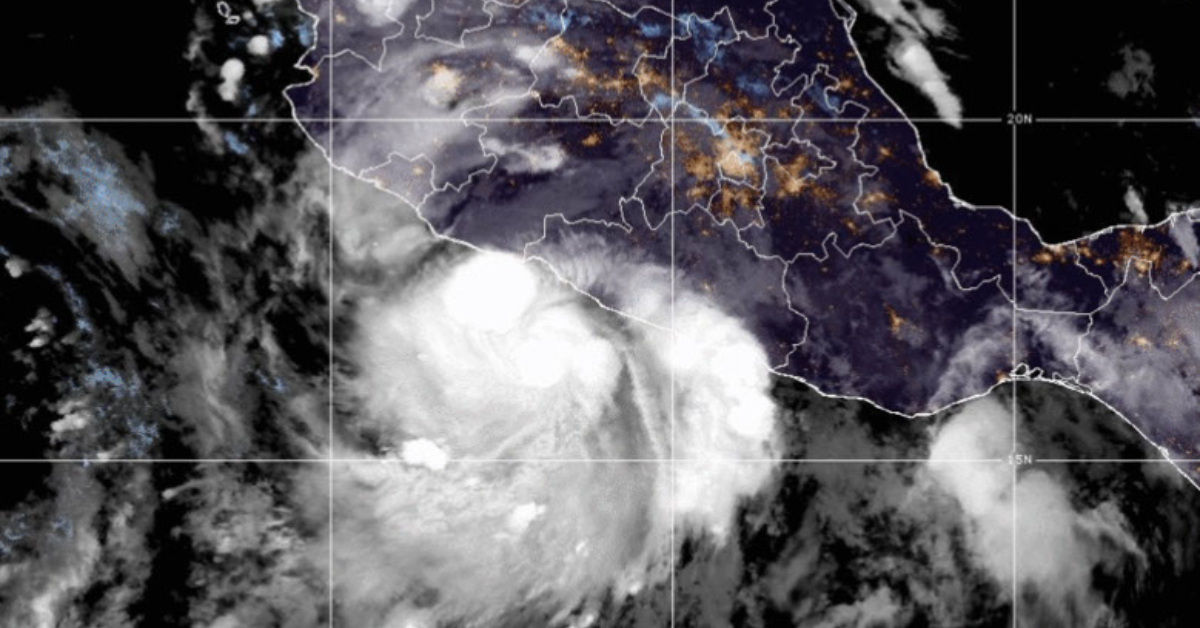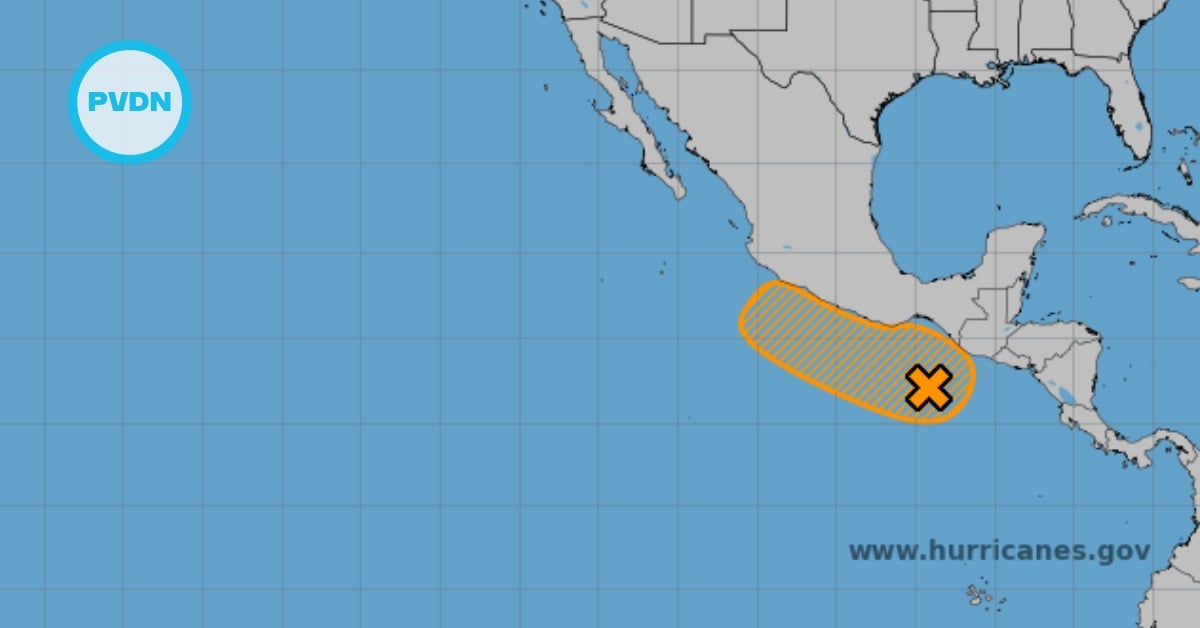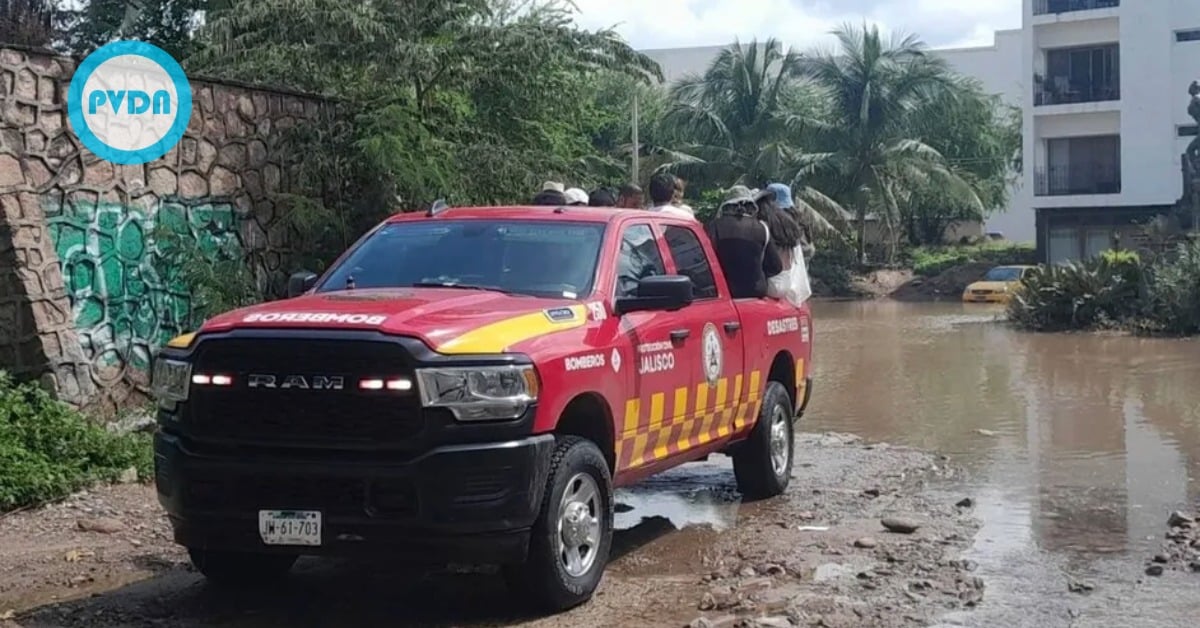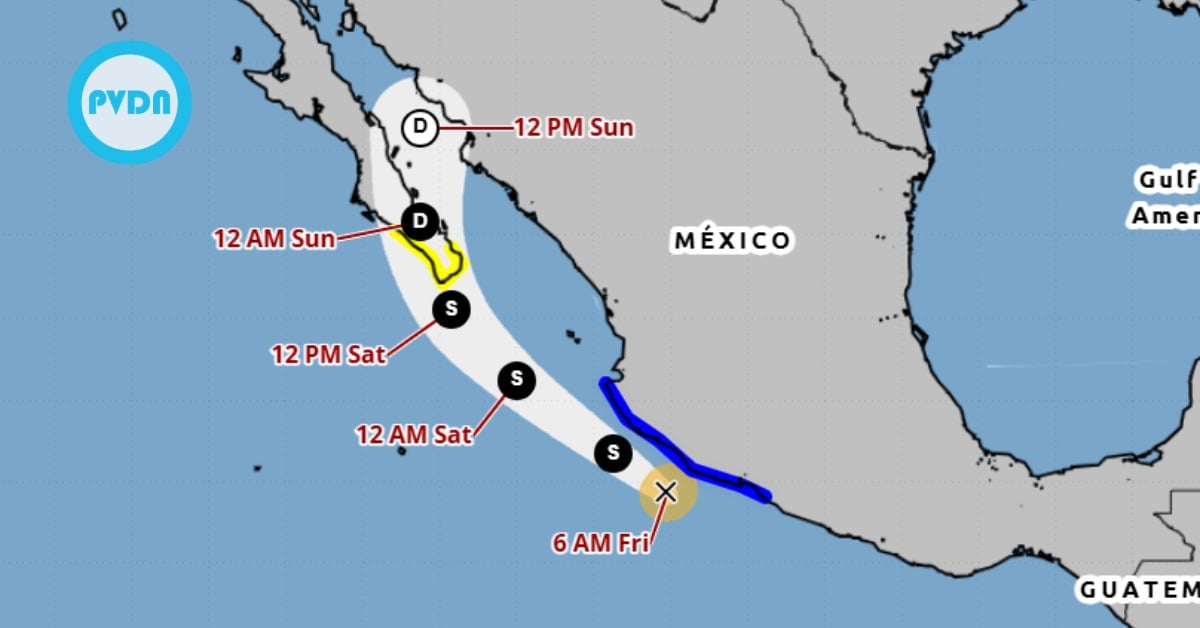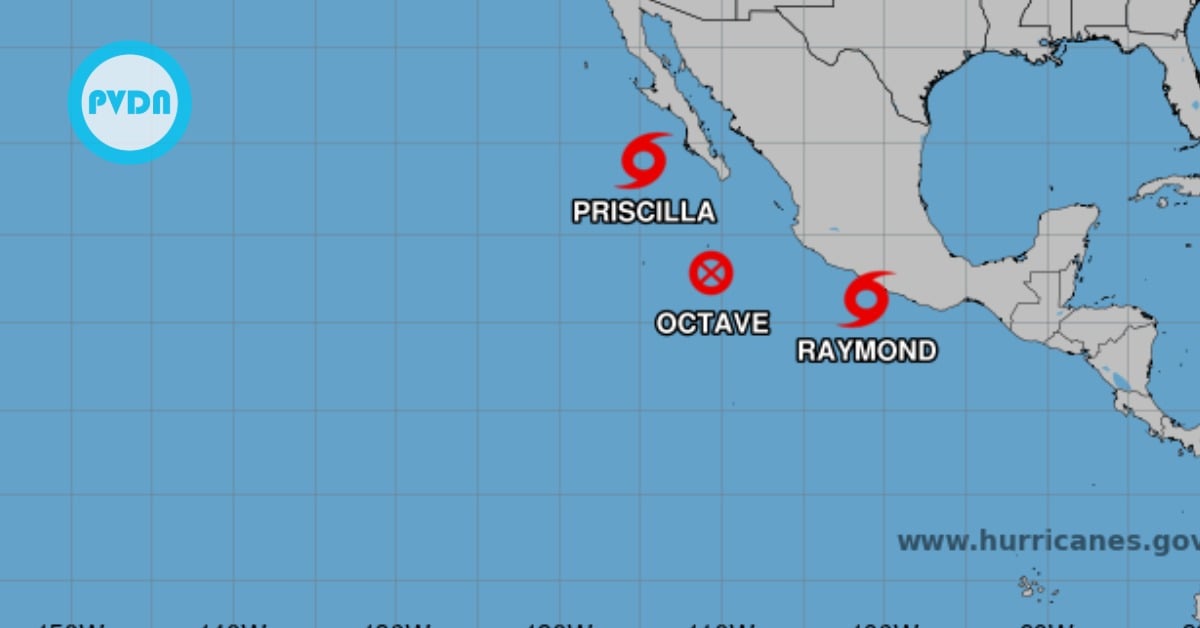Mexico’s 2025 hurricane season gets underway tomorrow in the Pacific, with Conagua forecasting 16–20 tropical cyclones and SMN issuing daily alerts; Atlantic season follows June 1. Puerto Vallarta, Mexico - In less than 24 hours, Mexico will officially enter the 2025 Pacific hurr…
